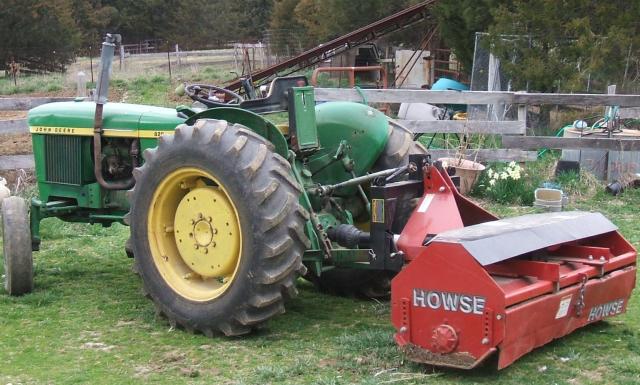dickiebird
Garden Addicted
I don't know why people have such disdain for tilling, mine has never been a problem of any sort.
I tilled my entire garden Sat in about 1 hour, 100' X 200'.

THANX RICH
I tilled my entire garden Sat in about 1 hour, 100' X 200'.

THANX RICH

